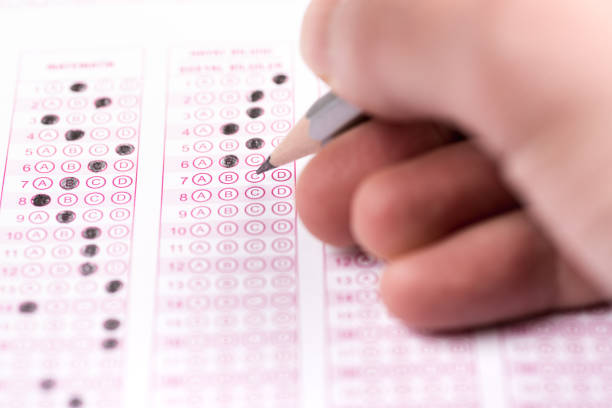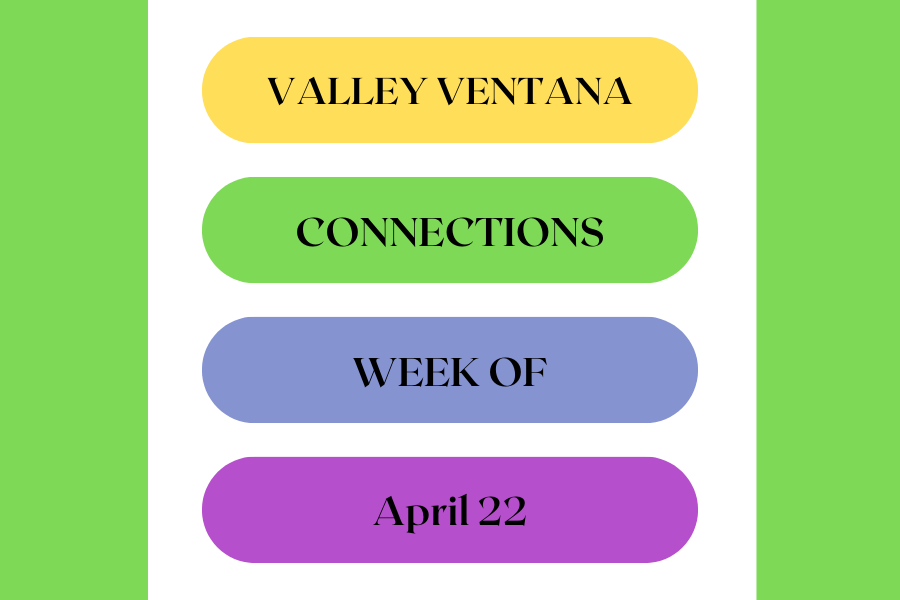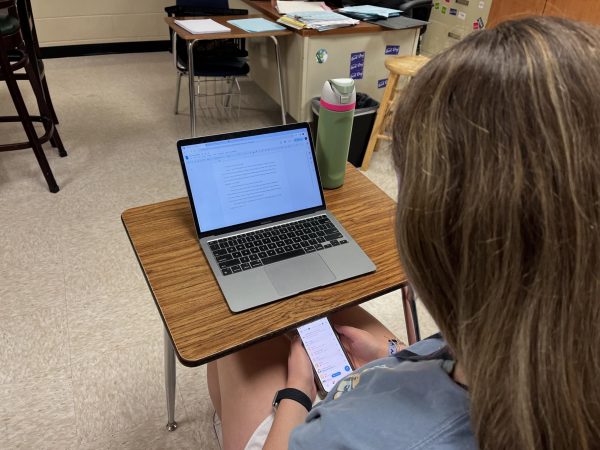SAT tips to ace the test
Juniors take the SAT on Wednesday, March 22
March 22, 2022
As the classes of 2029 and beyond prepare to make the permanent switch to online testing for the Scholastic Aptitude Test (SAT,) current juniors study traditional methods of achieving a high score up to a perfect 1600 on the college entrance exam.
While several colleges opted to go test-optional due to COVID-19 restrictions, the SAT still provides an opportunity for students to cushion their college applications with a strong academic performance.
Tip One: Always Read the Italics Paragraph Before the Reading Passage
Often the introductory provides necessary context for understanding the content of the reading passage. While typically test-takers should read without inserting any of their own outside knowledge on the topic, the paragraph can
Tip Two: Look for Specific Evidence Supporting the Answer
Synonyms for words in the answer choices provided often indicate the right answer. Be sure to underline specific evidence to back up why the answer selected is the best rather than another that might be it. Often the next question asks test-takers to find precise evidence by line to support the previous question anyways.
Tip Three: Find a Personal Reading Passage Strategy
Whether it’s skimming the passage, reading straight through, or analyzing the questions first, students should find a strategy that they know specifically works best for them. While skipping through most of the passage might seem tempting, context and nuances are often missed.
Tip Four: Plug in Answer Choices
Students should use non-grid-in questions to their advantage by plugging in answer choices when they can and solve as long as it’s more time-efficient.
Tip Five: Memorize the Formulas Beforehand
Before flipping straight to the formula page, students should consider what they already know to save time. Memorizing formulas can build confidence in math knowledge while also helping students review and understand the logical process of solving a problem.
Tip Six: Be Wary When Selecting “No Change”
The “No Change” answer choice for the Writing Portion of the test should be used sparingly. Only about twenty percent of the answers are actually “No Change.”
















